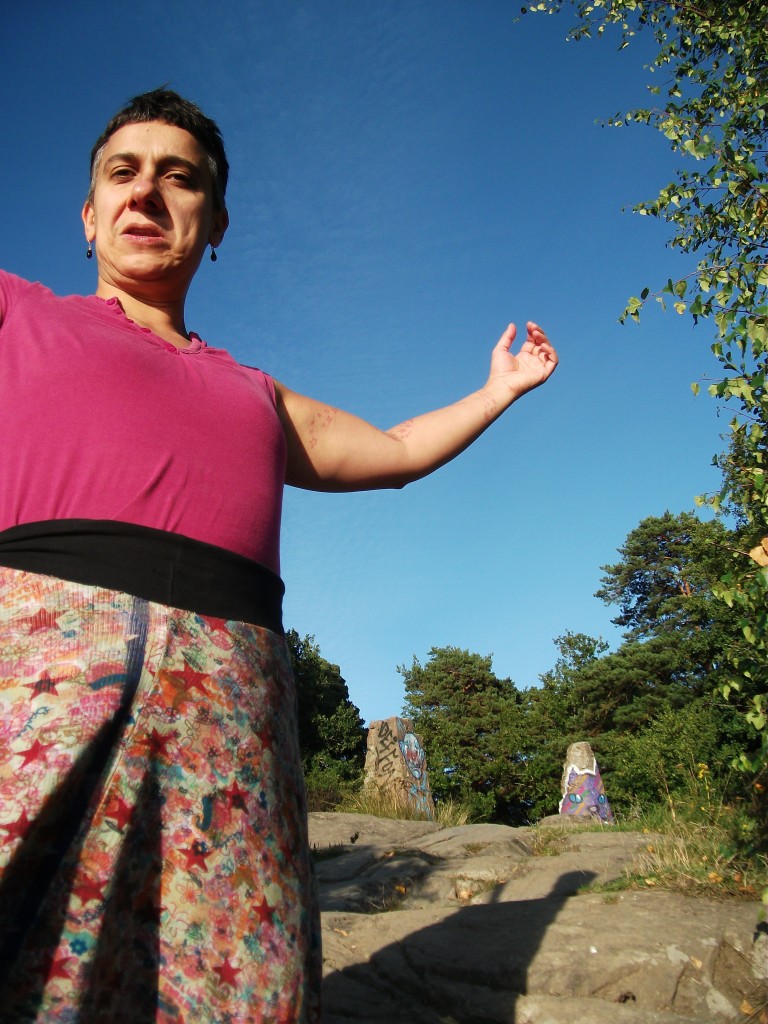This is the first installment of a series of blogs discussing the ancient science of tantra.
The word tantra today almost invariably conveys notions of sexual practices, it has become synonymous with sacred sexuality or ritual intercourse. A huge industry has developed around this idea: books, videos, massage parlors, and countless lifestyle items that use the word Tantra simply as a marketing ploy.
 It’s easy to take a cynical view of this idea of tantra as purely a sexual practice, but that wouldn’t be very tantric. At the heart of tantra there is an absolute tolerance and acceptance of other people’s beliefs. It’s not uncommon to find seemingly opposing viewpoints and methods existing side by side in tantra, for the tantric knows that all differences are only superficial.
It’s easy to take a cynical view of this idea of tantra as purely a sexual practice, but that wouldn’t be very tantric. At the heart of tantra there is an absolute tolerance and acceptance of other people’s beliefs. It’s not uncommon to find seemingly opposing viewpoints and methods existing side by side in tantra, for the tantric knows that all differences are only superficial.
But tantra is so much more than glorified sex! It is an all-encompassing science that aims at expanding our experience of everyday life. And as such it covers every aspect of life: from morning to evening; from birth to death. It informs our understanding and experience of the physical universe, the laws of society, the construction of buildings, the different levels of awareness, medicine, religion, rites of passage, yogic methods, etc., etc. In the words of Swami Satyananda, tantra “is a system that teaches us how to fully know and use the world we live in”. So naturally sex is included, just like everything else.
Tantra is a living heritage that has existed all over the world, in different guise, since prehistoric times. Did you think that tantra was exclusive to India? There is archaeological evidence of tantra in pre-columbian America, Egypt, pre-christian Europe as well as many Asian cultures. It was not invented or formulated as such, it did not originate from any organized system, but rather evolved and grew from man’s experience of the world. It sprang with each individual as the natural response to the primal urge of self-knowledge.
But what is it, actually? Because of its universality and its refusal of dogma, because of its immense scope and its willingness to be permeated by any system that works, tantra is not easy to define. At its core, is the understanding that spiritual awakening can be achieved by anyone, under any circumstances, at any level of existence. It aims to work within each person’s uniqueness using whatever methods are necessary to attain a higher awareness and a fuller day-to-day experience. It starts from the acceptance of one’s nature and it works with that nature without demands of any special conditions or disciplines. One doesn’t need to stop drinking or having an active sex life, one doesn’t need to become vegetarian or adopt any belief or moral code – spiritual evolution is possible regardless of one’s tendencies or way of life. Man should not oppose or resist nature; he should be spontaneous and flow with it.
Although the tantric sages have developed a sound and sophisticated philosophy through the ages, tantra is fundamentally a practical system. It is referred to as sadhana shastra – which means practice-oriented scripture. It is made up of a huge number of different practices to suit every type of person. Insight and development can only occur thought practical observation. Belief and intellectual understanding are useless if they are not validated by the proof of personal experience.
In the next part of this series, we will learn the meaning of the word tantra, based on its Sanskrit roots, and discover the two concepts that are common to all the different tantric traditions: Energy and Consciousness.




 The trajectory of yoga over the centuries has seen a variety of different practices, styles, and approaches. What was originally a method of exercise for elite, higher-caste men in order to sit longer in meditation to achieve enlightenment has been
The trajectory of yoga over the centuries has seen a variety of different practices, styles, and approaches. What was originally a method of exercise for elite, higher-caste men in order to sit longer in meditation to achieve enlightenment has been 








